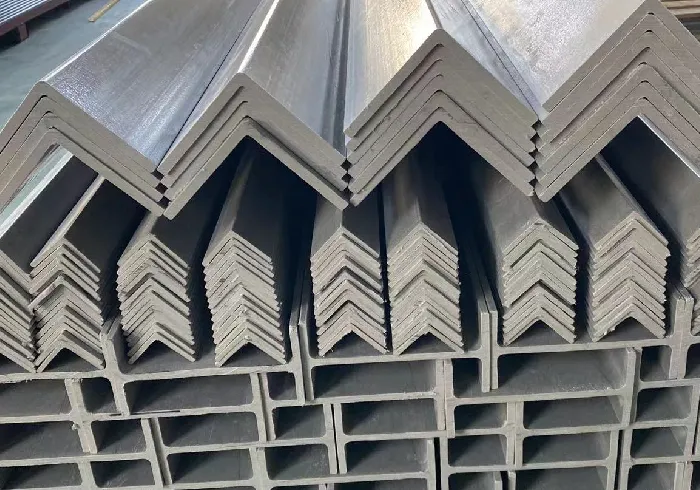loading...
- No. 9, Xingyuan South Street, Dongwaihuan Road, Zaoqiang County, Hengshui, Hebei, China
- admin@zjcomposites.com
- +86 15097380338
- Welcome to visit our website!
frp handrails
Understanding FRP Handrails A Comprehensive Guide
In today’s construction and architectural landscape, materials technology has evolved to enhance safety, sustainability, and aesthetic appeal. One such remarkable advancement is the introduction of Fiber Reinforced Polymer (FRP) handrails. These innovative structures have gained significant popularity in various applications, including commercial buildings, industrial settings, and public infrastructure. This article aims to elucidate the benefits, applications, and considerations regarding FRP handrails.
What are FRP Handrails?
FRP handrails are safety railing systems made from a composite material consisting of a polymer matrix reinforced with fibers, typically glass or carbon. This combination results in a lightweight yet incredibly strong material that offers various advantages over traditional materials such as wood, steel, or aluminum. The fiber reinforcement provides enhanced strength and rigidity, while the polymer matrix protects against environmental degradation.
Benefits of FRP Handrails
1. Durability and Longevity One of the most significant advantages of FRP handrails is their resistance to corrosion and deterioration. Unlike metal handrails that can rust over time or wooden handrails that may rot, FRP materials are immune to moisture, UV radiation, and chemical exposure. This characteristic makes them ideal for coastal environments or industrial settings where corrosive elements are present.
2. Lightweight Nature FRP handrails are considerably lighter than their metal counterparts. This property simplifies handling and installation, reducing labor costs and enhancing safety during the construction process. Additionally, the reduced weight allows for the possibility of using simpler, less robust supporting structures.
3. Low Maintenance Requirements The inherent properties of FRP handrails result in lower maintenance needs compared to traditional materials. They do not require regular painting or sealing, which further contributes to long-term cost savings and convenience.
4. Design Flexibility FRP can be molded into various shapes, colors, and textures, offering architects and designers the creative freedom to innovate. This flexibility ensures that FRP handrails can enhance the aesthetic appeal of both indoor and outdoor spaces.
5. Safety Features The non-conductive nature of FRP makes it a suitable choice for environments with electrical hazards. Moreover, the material can be designed to provide a slip-resistant surface, enhancing safety in wet or hazardous conditions.
Applications of FRP Handrails
The versatility of FRP handrails allows for their application in a wide range of settings
frp handrails

- Commercial Buildings Retail spaces, office complexes, and hospitality venues benefit from the modern look and durability of FRP handrails, which can be styled to match various architectural designs.
- Industrial Settings Factories and manufacturing facilities often utilize FRP handrails due to their resistance to harsh chemicals and environmental elements, ensuring safety while minimizing replacement costs.
- Transportation FRP handrails are commonly used in transit systems, including airports and train stations, where both functionality and aesthetics are important.
- Public Spaces Parks, promenades, and recreational areas often incorporate FRP handrails due to their ability to withstand the elements while providing a visually appealing barrier for safety.
Considerations When Choosing FRP Handrails
While FRP handrails offer numerous advantages, there are a few considerations to keep in mind
- Cost Although the initial investment may be higher compared to conventional materials, the long-term savings from reduced maintenance and replacement can offset these costs.
- Installation Expertise Proper installation is crucial to maximize the benefits of FRP handrails. Hiring experienced professionals who understand the unique properties and handling requirements of FRP is essential.
- Regulatory Compliance Ensure that the FRP handrails meet local building codes and safety regulations. Different regions may have varying standards for rail height, spacing, and load-bearing capacities.
Conclusion
FRP handrails represent a fusion of safety, longevity, and design flexibility, making them an excellent choice for a diverse range of applications. Their unique properties allow for enhanced performance in challenging environments while also providing aesthetic advantages. As the construction industry continues to evolve towards more sustainable and innovative materials, FRP handrails stand out as a smart investment for projects focused on safety, durability, and style. Whether you are an architect, builder, or property owner, considering FRP handrails can significantly enhance your next construction endeavor.
-
GRP Structures: The Future of Lightweight, High-Performance EngineeringNewsJun.20,2025
-
FRP Water Tank: High-Performance Storage for Corrosive and Clean Water SystemsNewsJun.20,2025
-
FRP Square Tube: The New Industry Standard for Chemical and Structural ApplicationsNewsJun.20,2025
-
FRP Pultruded Profiles: The Ultimate Choice for Lightweight Structural StrengthNewsJun.20,2025
-
FRP Handrails: The Safer, Smarter, and Stronger Choice for Modern InfrastructureNewsJun.20,2025
-
FRP Grating: The Smart Solution for Durable, Lightweight Industrial FlooringNewsJun.20,2025
-
Why Choose a Galvanized Water Tank for Your Storage NeedsNewsMay.21,2025
